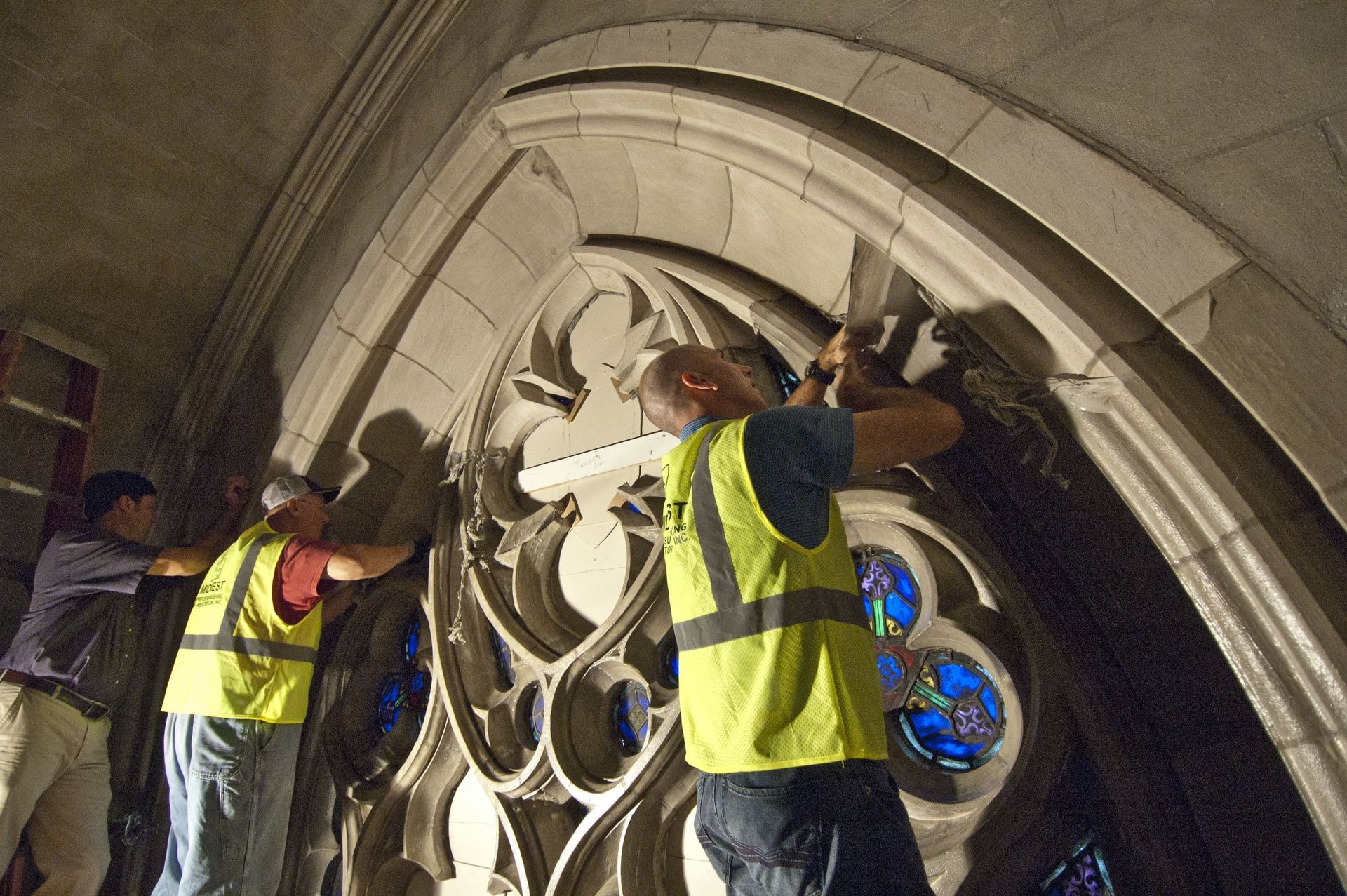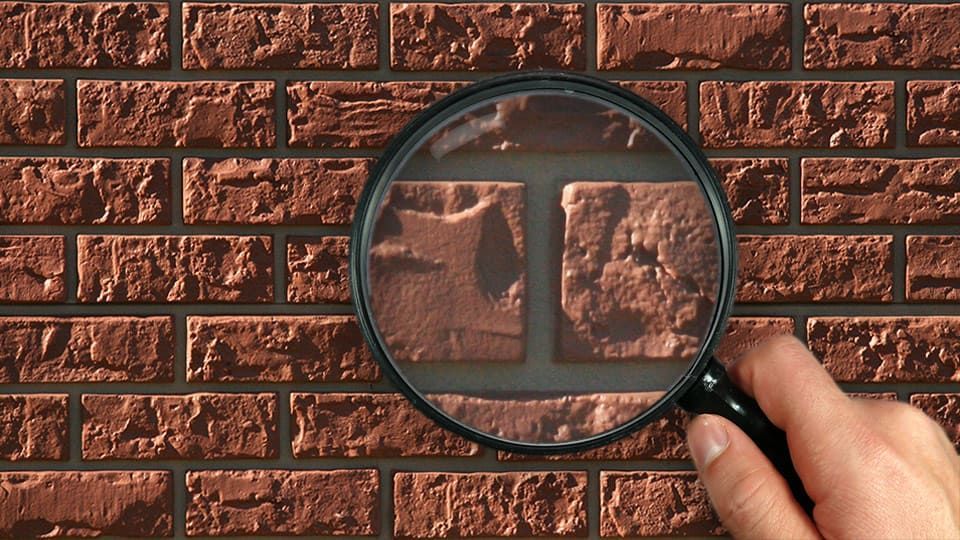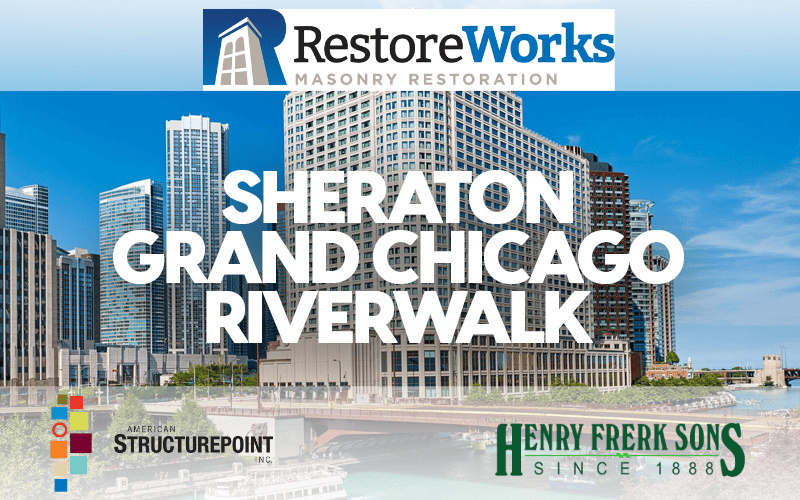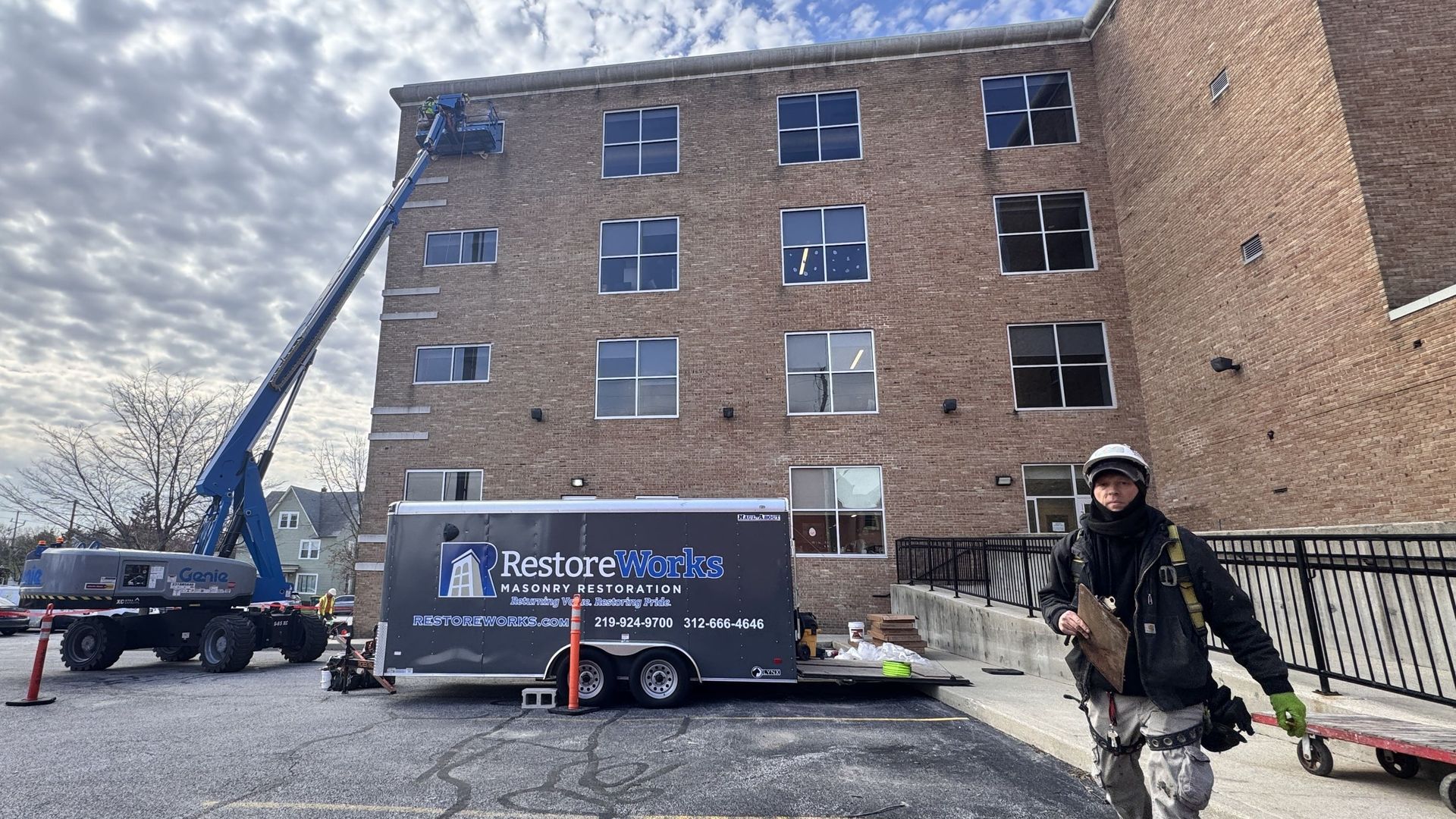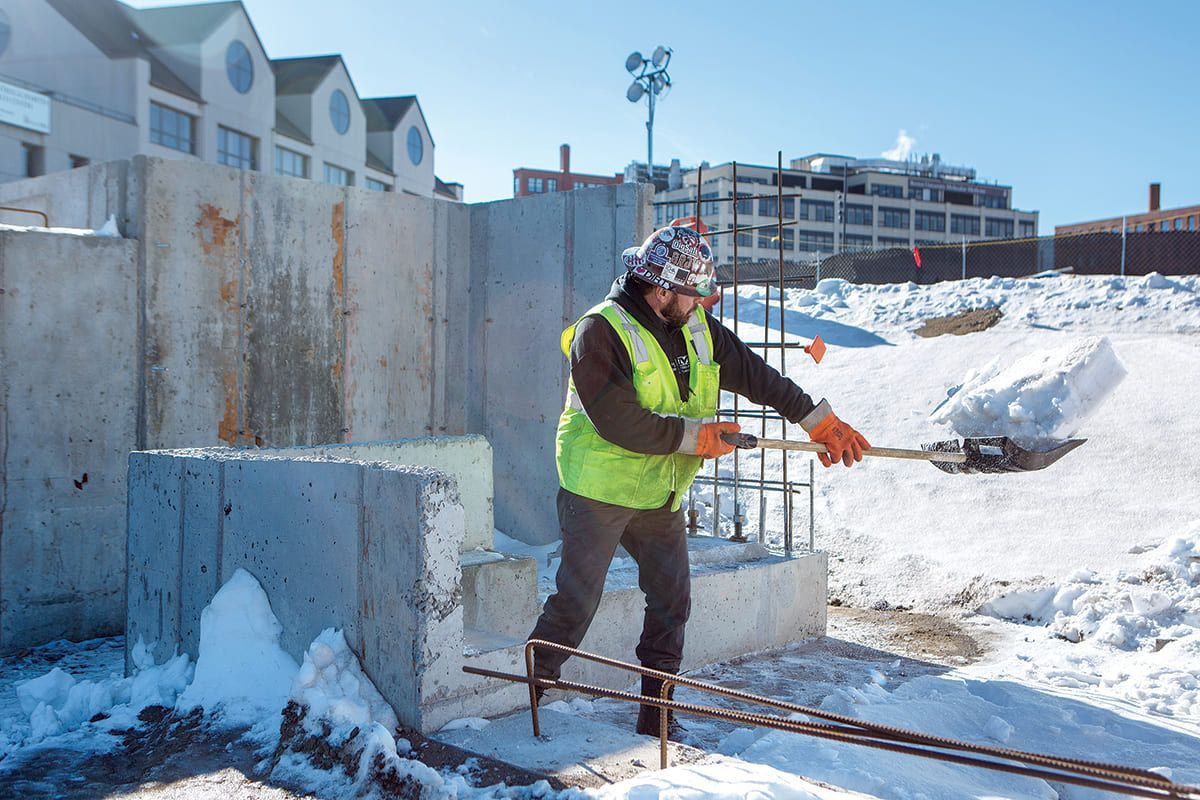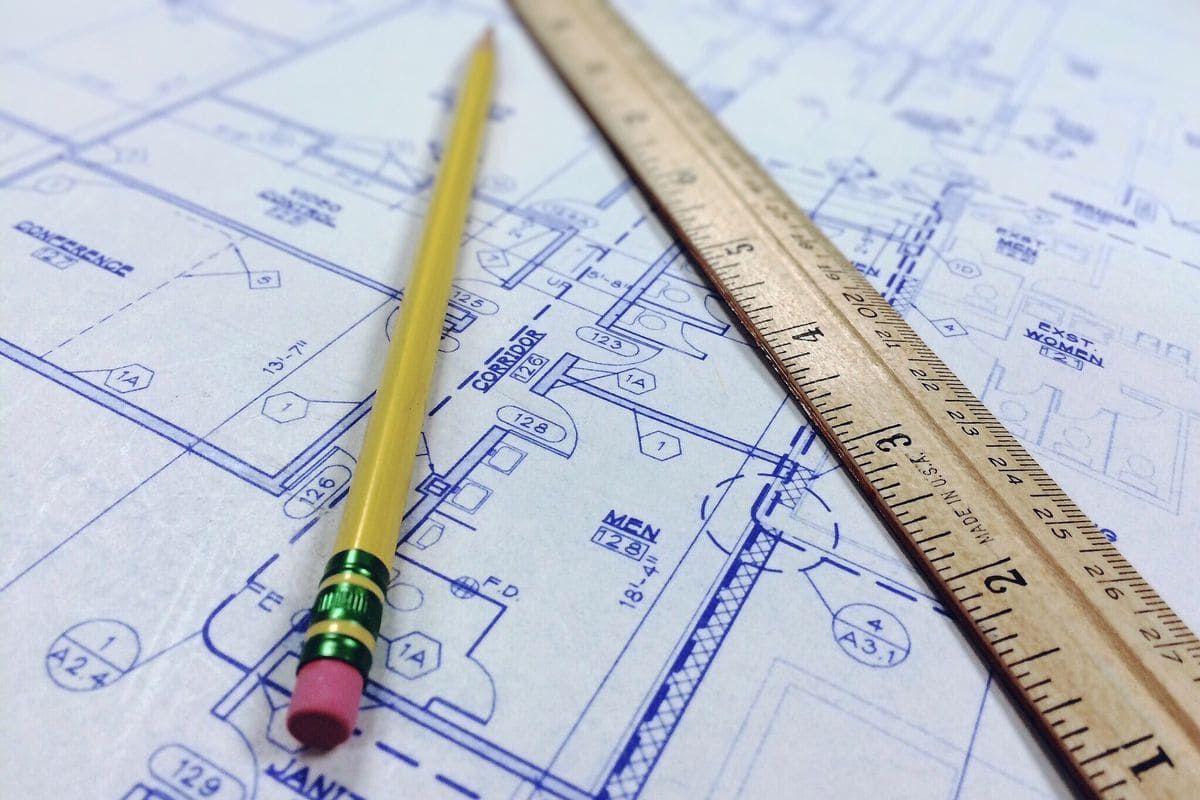Preserving historic buildings is about protecting their history. These buildings are often masterpieces of architecture, but time and the elements eventually take their toll. Property managers, facilities managers, architects, and structural engineers must recognize that using effective masonry restoration techniques are the key to preserving buildings while maintaining their historical elements.
Why Masonry Restoration Matters
Historic masonry buildings were built to last, but even the most durable structures aren’t immune to aging and environmental stress. Water damage, harsh weather, and poor repairs can weaken the materials, leading to cracks, crumbling mortar, and other issues. The National Park Service warns that inappropriate restoration techniques—like using the wrong mortar—can cause more harm than good, damaging the materials meant to be preserved.
Handling these problems early can prevent costly repairs, maintain your building's structural integrity, and protect property value. With the right techniques, you can preserve your buildings for many years.
Essential Masonry Restoration Techniques
1. Start With a Comprehensive Assessment
Before beginning any restoration project, a detailed assessment is important. This involves:
- Visual Inspections:
Identifying cracks, spalling (flaking), water stains, and deteriorated mortar.
- Material Analysis:
Testing bricks, stone, and mortar to match new materials with the old.
- Non-Destructive Testing: Advanced tools like infrared thermography or ground-penetrating radar reveal hidden problems like voids or internal cracks without harming the structure.
An evaluation by a qualified structural engineer lays the groundwork for a restoration plan that respects the building’s history and complies with preservation standards, such as the Secretary of the Interior’s Standards for Rehabilitation.
2. Mortar Analysis and Repointing
Mortar joints are often the first areas to fail in historic masonry. Repointing, often performed by skilled commercial masonry tuckpointing contractors in Chicago, involves carefully removing damaged or deteriorated mortar and replacing it with a mix that matches the original in color, texture, and strength.
Why this matters: Many older buildings were constructed with lime-based mortar, which is softer and more flexible than modern Portland cement. Using a hard, dense mortar can trap moisture and cause bricks or stones to crack and deteriorate.
Repointing with the right materials ensures the building remains structurally secure while allowing it to "breathe" as it was designed to do.
3. Replace Only When Necessary
In some cases, individual bricks or stones may be too damaged to repair and must be replaced. When this happens, it’s important to use materials that closely match the originals in:
- Size and shape
- Color and texture
- Absorption properties
Using salvaged materials from the site or sourcing from specialty suppliers ensures the replacement blends consistently with the rest of the structure.

4. Clean With Care
Restorative masonry cleaning techniques such as low-pressure washing can dramatically improve a building’s appearance, but it must be done gently to avoid causing additional damage. Common techniques include:
- Low-pressure washing: Safely removes dirt, algae, and grime.
- Chemical cleaning agents: Target tough stains or graffiti without damaging the masonry’s surface.
- Poulticing: A precise method for removing stubborn stains using absorbent materials.
Avoid methods like sandblasting, which can strip away the protective surface layer and speed up future deterioration.
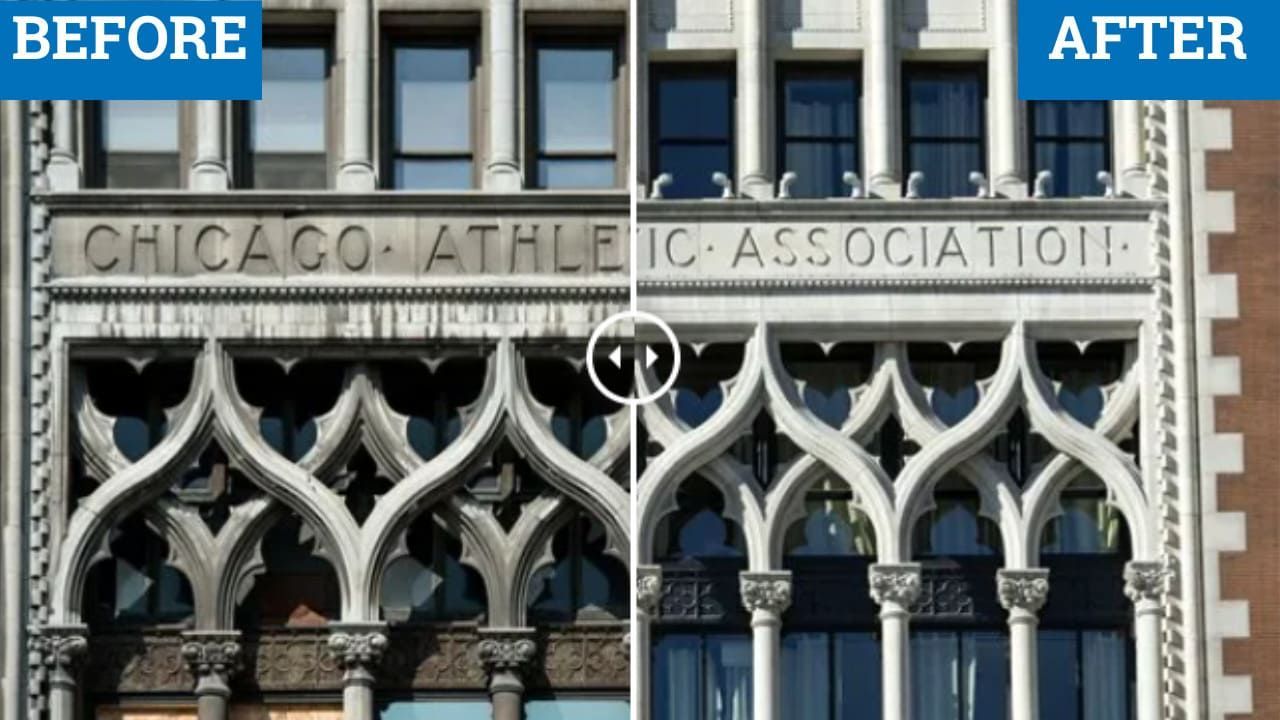
5. Keep Water Out
Water is one of the biggest threats to masonry. It seeps into cracks and joints, freezes, and expands, causing further damage. Restoration efforts should focus on keeping water out while allowing the building to release any trapped moisture. Key steps include:
- Repairing or installing flashings and weep holes to direct water away.
- Applying breathable water repellents when applicable to block water without sealing in moisture.
- Improving site drainage to keep water away from the foundation.
Addressing these issues protects the structure from further damage and helps it last longer.
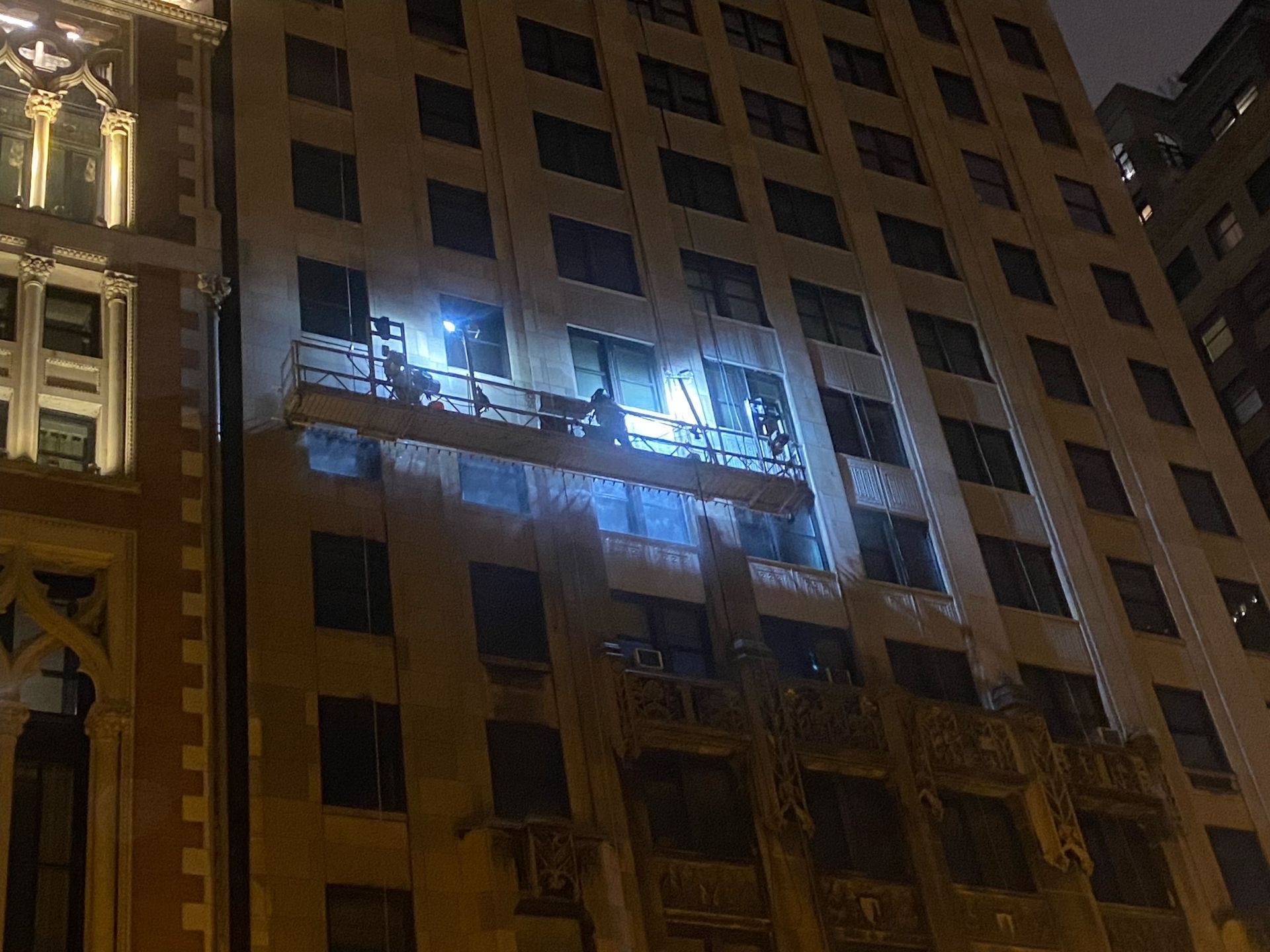
6. Reinforce the Structure
Historic masonry buildings often rely on thick, load-bearing walls for stability. Over time, shifting foundations, weather extremes, or neglect can weaken these walls. Techniques to reinforce them include:
- Helical ties: Metal rods that strengthen weak walls while remaining hidden.
- Masonry stitching: Repairs cracks with stainless steel rods and grout.
- Grouting voids: Fills empty spaces in walls to stabilize loose or hollow masonry.
These solutions strengthen the structure without compromising your historic appearance.
Challenges of Restoring Historic Masonry
Restoring historic masonry is a balancing act. Repairs need to be durable and meet modern safety standards, but they also have to preserve the building’s original design and materials. Many projects must comply with local preservation guidelines, and proper documentation is often required to qualify for grants or tax credits. These challenges highlight the importance of working with skilled professionals who understand both the technical and historical aspects of restoration.
Benefits of Masonry Restoration
Investing in masonry restoration offers more than just benefits to your building’s appearance. It also provides practical and financial advantages:
- Energy Efficiency: Restored masonry improves insulation, reducing heating and cooling costs.
- Increased Property Value: A well-maintained historic building is more attractive to tenants and buyers.
- Extended Lifespan: Preventive maintenance reduces the need for expensive repairs in the future.
Historic preservation contributes to environmental sustainability. According to Masonry Magazine, the Beardmore Building, a historic masonry structure, achieved a 66% improvement in energy performance after restoration.
Work With Experts Who Understand Historic Masonry
Restoring a historic property requires a mix of technical expertise and respect for history. RestoreWorks, a trusted masonry restoration company in Chicago, specializes in services such as concrete façade restoration and commercial tuckpointing. By using proven techniques and working with experts, you can be assured your building will be protected for many years.
Ready to preserve your building’s history? Contact RestoreWorks today to discuss your project.

